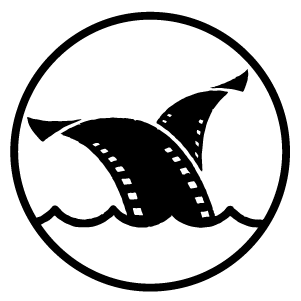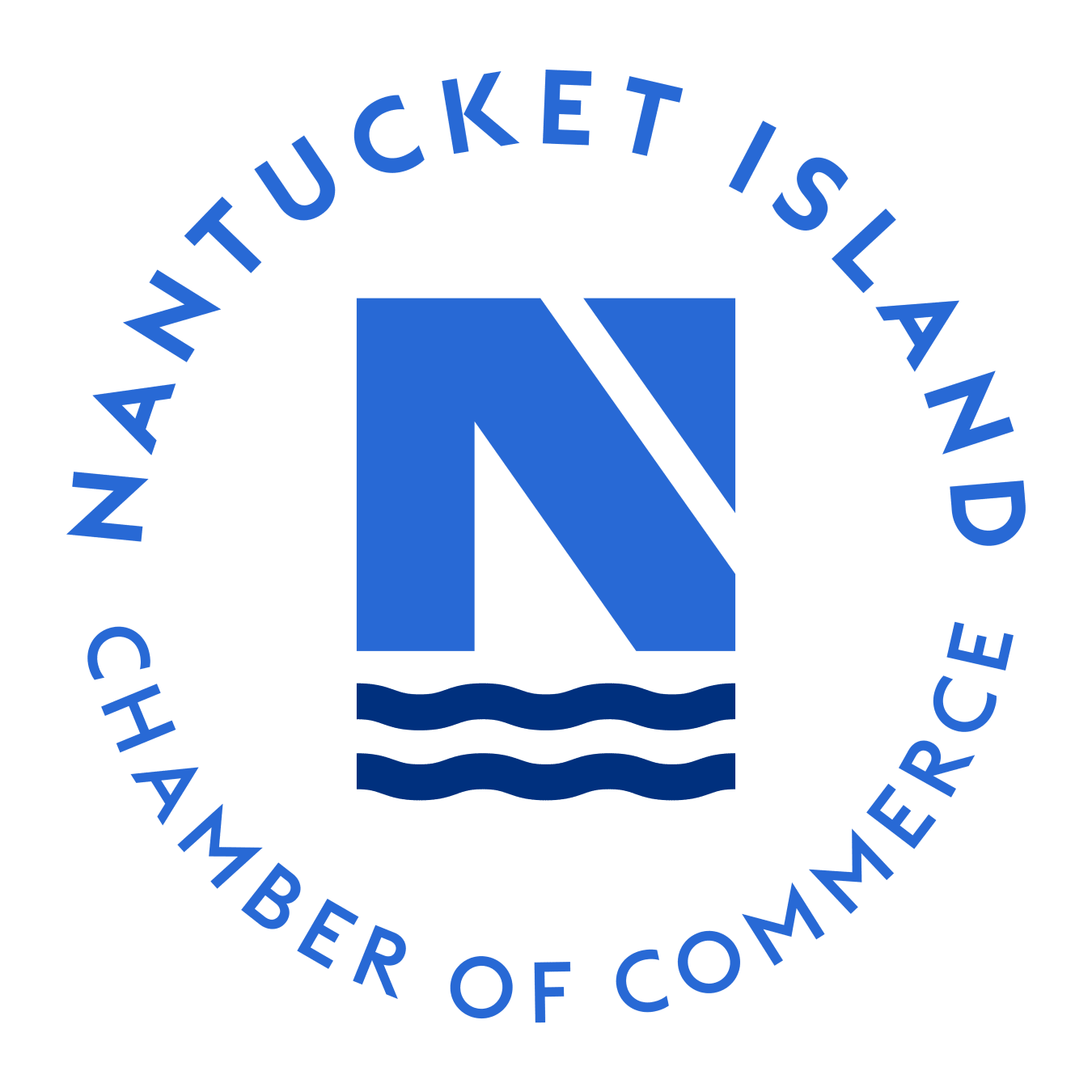Five Questions With... Annabelle Attanasio (MICKEY AND THE BEAR)
/Teenager Mickey, forced to take on adult responsibilities as her veteran father struggles with addiction, must ultimately choose between familial obligation and personal fulfillment, in MICKEY AND THE BEAR by writer/director Annabelle Attanasio.
Read more with Annabelle below, and see the film TODAY (Sat 6/22) at 11:45am and tomorrow (Sun 6/23) at 9pm!
Young Film Lovers between the ages of 18-30 can enjoy $10 tickets with code NFFYFL30 online or at the door!
NFF: Can you talk a little about your inspiration for the film?
ANNABELLE: There are so many father-son stories, but only a handful of father-daughter stories where the daughter is more than a vehicle for her father’s emotions. I am so grateful that recent films like EIGHTH GRADE and LEAVE NO TRACE exist, and I hope MICKEY AND THE BEAR falls into the expanding canon of films that explore the complexity of the father-daughter bond.
My film contributes something somewhat darker, somewhat outré to that canon. What happens when you are 17, your mother’s dead, and your Dad is single, unstable, and self-medicating with booze and pills? Mickey alternates between traditional feminine roles — daughter, wife and mother — in order to keep her father’s mercurial moods and addictions at bay. Sometimes she nurtures him like she’s his mom. Sometimes she makes him feel important like she’s his little girl. And sometimes, she inadvertently lets her father cross a boundary so he can fill the void of his late wife.
Since writing the script I have met so many girls and women who have gone through some version of this pattern. I hope Mickey feels like a mosaic of all those girls and women who went through varying degrees of the same experience.
NFF: How old was your lead actress (Camila) when you started filming? Did you adjust your directing technique at all when working with younger actors vs. the adults in the film?
ANNABELLE: Cami has just turned 21 when we started filming. She continues to awe me with her artistic maturity, professionalism, and wisdom beyond her years. She feels like an old pro of her craft. What was fun about working with a group of such unique actors was learning each persons process. Badge is a veteran of film and television but this role was quite different from anything he had done before, so that was really exciting for me — to build the role with such an experienced actor. Ben came up doing a lot of theatre and loves immersing himself in the daily rituals of the real life people he’s representing, and I loved how singular he was able to make his role based on his research. With Calvin, he embodied the essence of the character so viscerally that I decided to cast him and tailor the character to fit him. We spoke extensively before the shoot coming up with Wyatt’s backstory, though in the movie you learn very little about him. I found age somewhat irrelevant — I think each actor is special in their own way and it is the director’s job to learn how to best support and guide them through the shoot.
NFF: You have a background as an actor. Did you always want to make films as a writer/director? What did you learn as an actor that was helpful on the other side of the camera?
ANNABELLE: If you’ve acted professionally and been through the slog of fairly consistent rejection, you just have so much more empathy for your actors. There is nothing worse than feeling like your director is working against you, or having bad communication with him or her. Mickey was an opportunity to really invest in my actor relationships. To make sure I listened and stayed present and was clear in my direction.
NFF: What are you working on currently, and/or where can we see more of your work?
ANNABELLE: I have two new features in development right now. MICKEY comes out in the Fall. My first short is called FRANKIE KEEPS TALKING and it’s available on Vimeo and my latest short, SAFE SPACE, will be online soon too.












